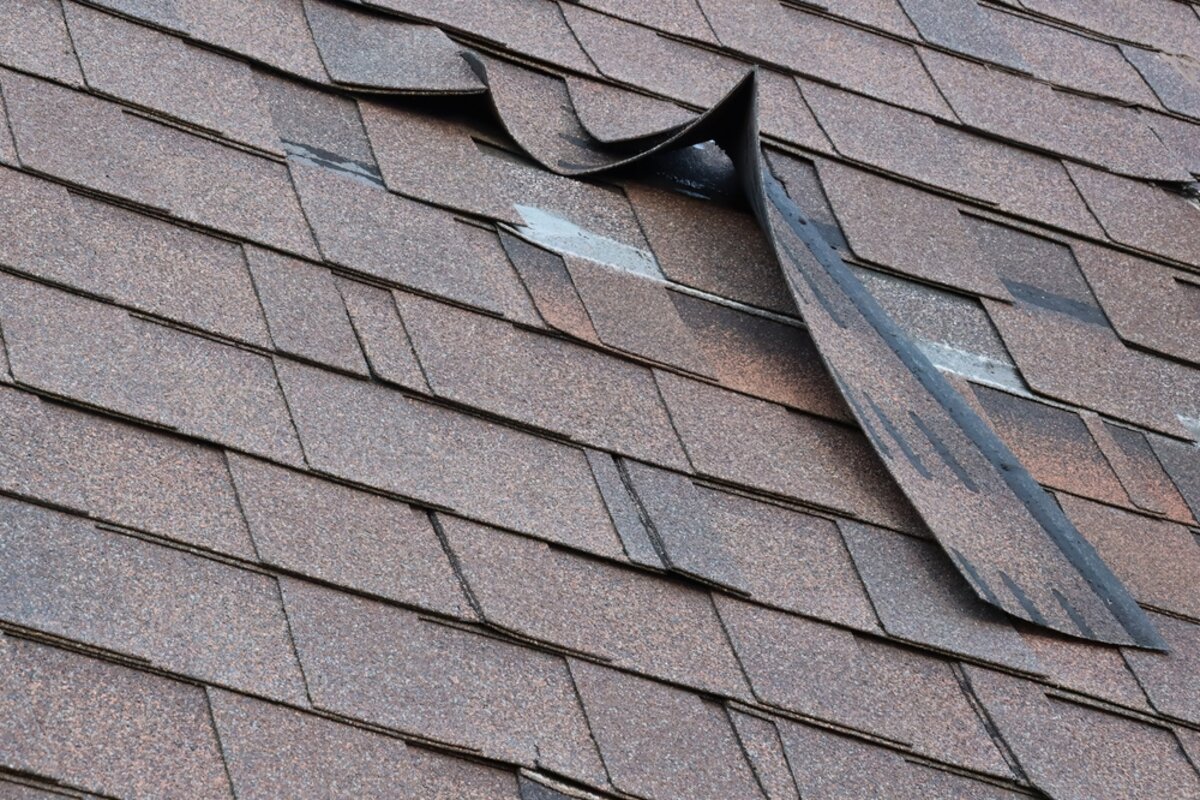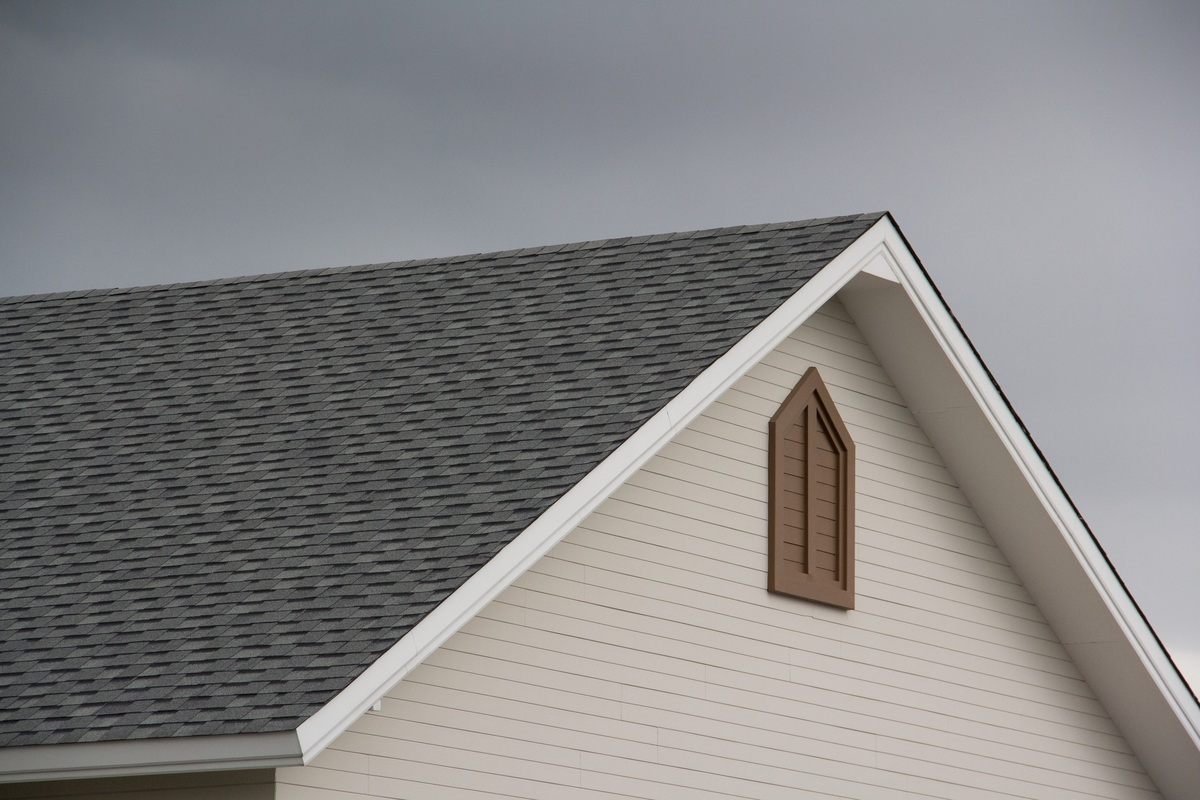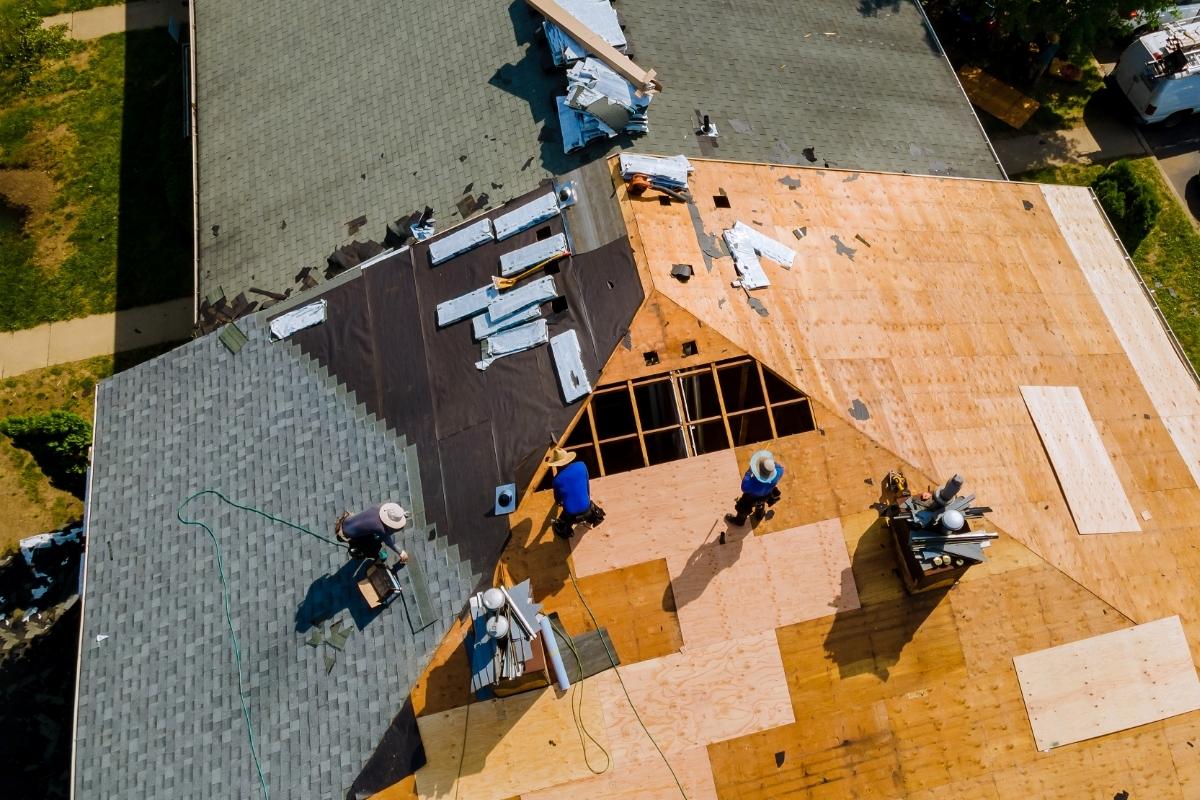Lifting shingles can often be the first visual sign that something isn’t right with your roofing system. While it might not look like much, even a small gap under a shingle can allow water to seep in, leading to more significant problems. In this guide, we’ll explore what causes shingles to lift, what risks it poses to your home, and what steps you can take to fix and prevent this issue.
What Causes Shingles to Lift?
Lifting shingles are caused by various factors, ranging from natural wear and tear to poor installation. Understanding why your shingles are lifting can help you find the best solution and prevent it from happening again.
Weather Conditions
One of the leading causes of lifting shingles is extreme weather. Heavy winds, hail, and even temperature changes can weaken or dislodge shingles over time. In colder climates, snow and ice can build up on the roof, leading to the expansion and contraction of materials, which eventually causes shingles to lift.
Poor Installation
Improper installation is another common reason shingles lift prematurely. If nails aren’t placed in the right spots or if shingles aren’t secured properly, they won’t lay flat against the roof. This can create gaps between the shingles and the roof’s underlayment, which allows water and debris to get in and causes shingles to lift over time.
Age of the Roof
Roofing materials naturally wear down over the years, and as they age, they may lose their ability to protect the home effectively. If your roof is more than 15-20 years old, lifting shingles might simply be a sign that it’s time for a replacement. Age weakens the adhesion and flexibility of shingles, making them more prone to curling, buckling, and eventually lifting.
Ventilation Issues
Poor ventilation in the attic can trap heat and moisture, creating the perfect conditions for shingle damage. Excess heat can cause shingles to dry out and become brittle, leading to cracking and lifting. Proper ventilation helps regulate temperatures in your attic, protecting both the shingles and the roof structure.
Risks of Lifting Shingles
A lifted shingle is more than just an aesthetic issue. It compromises the entire roofing system and exposes your home to a variety of risks.
Water Damage and Mold Growth
When shingles lift, water can seep into the underlying layers of the roof, causing water damage to insulation and structural components. This moisture can lead to mold growth, which not only damages materials but can also create health risks for those in the home.
Increased Utility Costs
Lifting shingles reduce your roof’s insulation capability. The gaps created allow air to escape, forcing heating or cooling systems to work harder, which can lead to higher energy bills. Ensuring shingles are intact helps maintain proper insulation and reduce energy costs.
Structural Weakness and Pest Intrusion
Once shingles start lifting, it’s easier for pests like insects, birds, and rodents to find their way into the roof space. Over time, these animals can cause significant damage to the insulation and even the wood structure of your roof, potentially weakening the entire system.
How to Fix Lifting Shingles
If you’ve noticed lifting shingles on your roof, there are several steps you can take to address the issue. However, it’s essential to assess the severity before taking any action, as not all cases require a complete replacement.
Conduct a Thorough Inspection
The first step is to assess the extent of the damage. Look for shingles that are visibly loose, curling, or broken. If it’s a widespread issue, you may need to contact a roofing professional to help determine whether a repair or replacement is necessary.
Re-secure Shingles with Roofing Cement
If only a few shingles are lifting, you may be able to secure them back down with roofing cement. Gently lift the affected shingle, apply roofing cement underneath, and press the shingle firmly back into place. This quick fix can be effective if the damage is minimal and the rest of the roof is in good condition.
Replace Damaged Shingles
In cases where the shingles are cracked or severely worn, replacing them might be the best solution. Replacing damaged shingles is relatively straightforward and can prevent further lifting in the surrounding areas. Be sure to match the new shingles with the existing ones to maintain a uniform appearance.
Consider a Professional Roof Inspection
While some minor lifting shingle issues can be addressed with DIY fixes, it’s a good idea to have a professional roofer inspect your roof at least once a year. A professional can identify underlying issues that may not be visible from the ground, such as poor ventilation, which could be causing lifting shingles.
How to Prevent Lifting Shingle
s Prevention is always the best approach when it comes to protecting your roof from lifting shingles. Here are some effective ways to help keep your shingles secure.
Schedule Regular Roof Inspections
Scheduling an annual inspection can help you catch potential problems before they escalate. A roofing professional can check for signs of lifting shingles, as well as other damage that may affect your roof’s integrity.
Ensure Proper Attic Ventilation
Good attic ventilation helps reduce the risk of lifting shingles by controlling temperature and moisture levels. Make sure your attic has adequate ventilation, especially if you live in a climate with extreme weather conditions.
Use High-Quality Shingles and Installation Techniques
When installing or replacing a roof, use high-quality shingles and ensure they are installed according to the manufacturer’s recommendations. High-quality materials are more resilient to weather and less likely to lift over time.
Conclusion
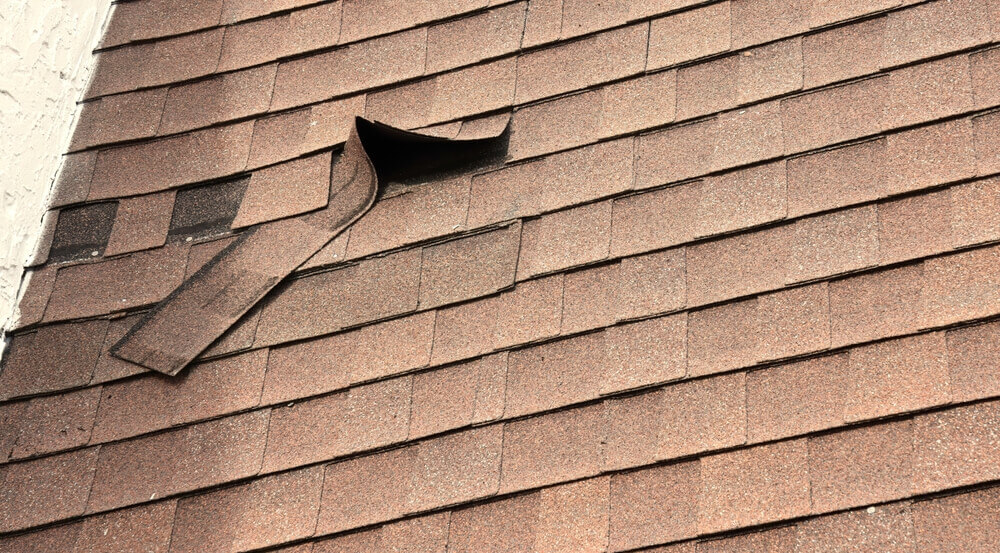
Lifting shingles may start as a minor concern, but it can quickly escalate into a major problem if left unaddressed. By understanding the causes, risks, and solutions, homeowners can take proactive steps to protect their roofs and avoid costly repairs. If you suspect you have lifting shingles, consider a professional inspection to assess the extent of the damage and choose the best course of action. A strong, intact roof is essential for protecting your home and maintaining its value for years to come. For expert advice and assistance with your roofing needs, contact DryTech Exteriors today. We’re here to help you keep your roof in top condition!
